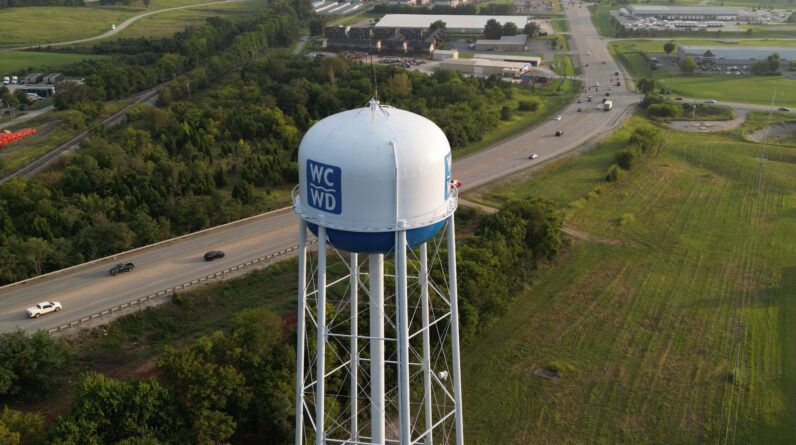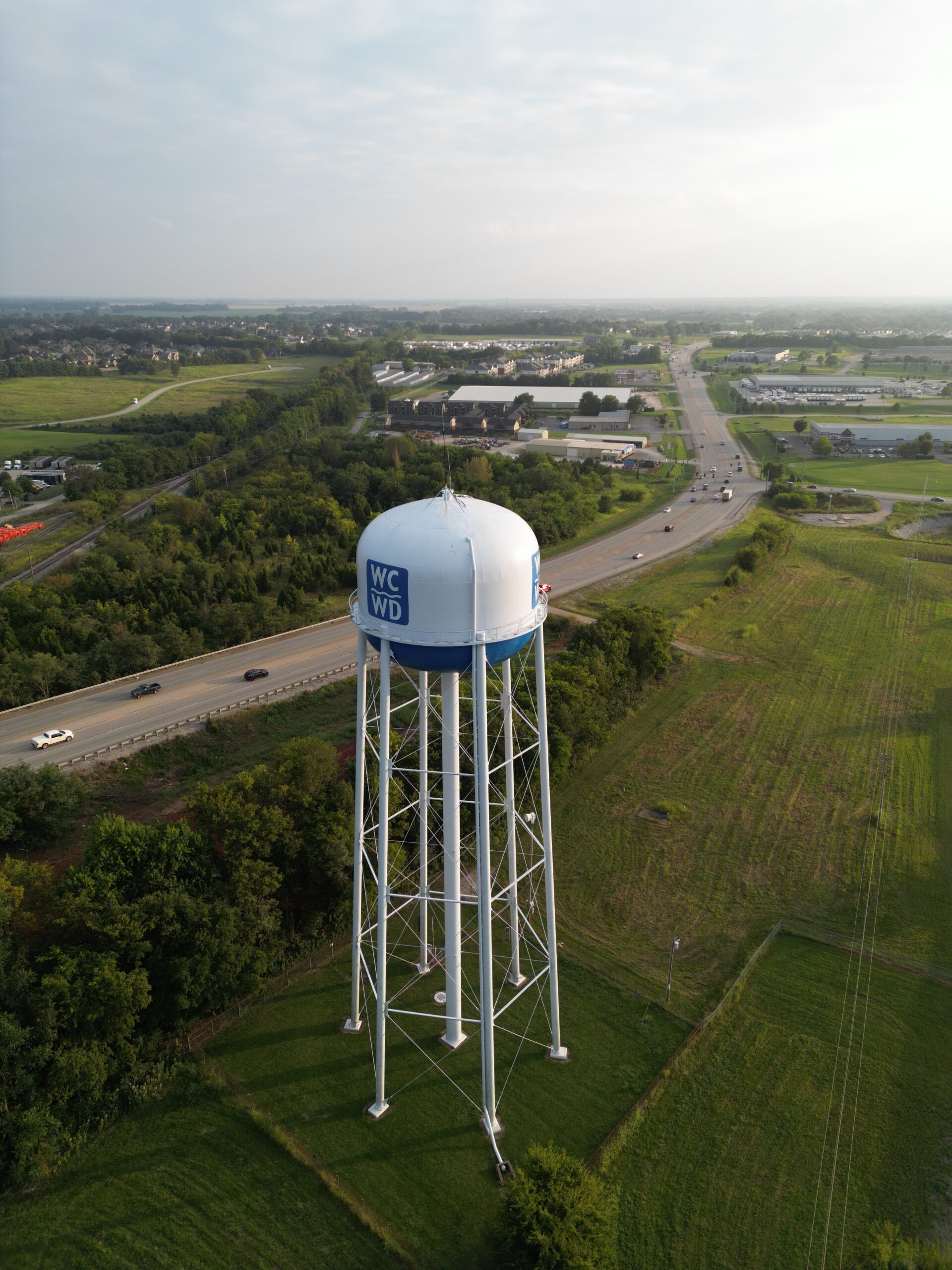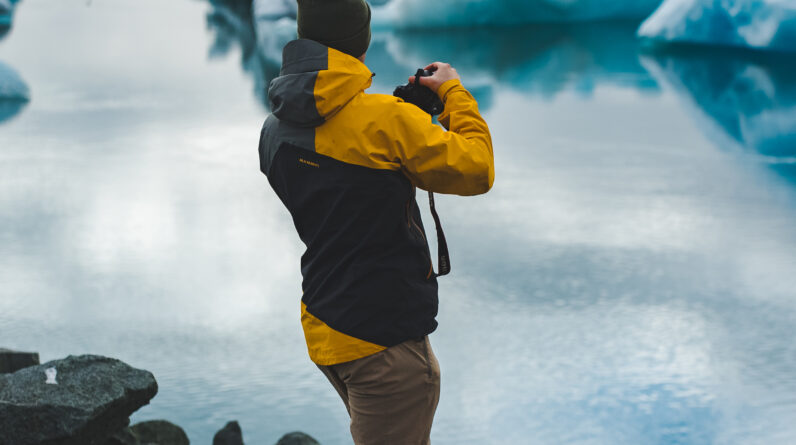
Imagine embarking on a tranquil adventure in a small boat, gliding across calm waters as you soak in the beauty of your surroundings. But have you ever wondered about the potential risks involved? In this article, we will explore the likelihood of drowning for paddlers in small boats, such as canoes, kayaks, and rafts. Strap on your life jacket, and let’s dive into the facts to ensure your safety on your next aquatic venture.
Factors Influencing Drowning Risk
Drowning is a serious concern for paddlers engaging in activities such as canoeing, kayaking, and rafting. Various factors can contribute to the likelihood of drowning, and it is essential for paddlers to be aware of these factors in order to ensure their safety on the water. This article will explore the key factors that influence drowning risk for paddlers in small boats, providing comprehensive insights into each aspect.
Type and Stability of Small Boats
The type of small boat used for paddling can significantly impact the risk of drowning. Different types of small boats, such as canoes, kayaks, and rafts, have varying levels of stability. Canoes, for example, tend to be less stable than kayaks due to their open design. Unstable boats can be more prone to capsizing and increase the risk of drowning. It is crucial for paddlers to carefully consider the stability of their chosen small boat and ensure it suits their skill level and the conditions they will be paddling in.
Water Conditions
The conditions of the water itself play a crucial role in determining the risk of drowning for paddlers. Factors such as river currents, tidal currents, waves, swells, and choppy water can all contribute to hazardous situations on the water. Strong currents can make it challenging to maneuver and increase the possibility of capsizing. Waves and swells can create unstable conditions, especially for smaller boats. Additionally, cold water temperatures can lead to hypothermia, further increasing the risk of drowning. Paddlers must be aware of these water conditions and take appropriate precautions to ensure their safety.

Weather Conditions
Weather conditions have a direct impact on the safety of paddlers. Wind strength and direction can make paddling more challenging, particularly if it is against the wind. Precipitation, such as rain or snow, can affect visibility and create slippery conditions. Fog can reduce visibility significantly, making it difficult for paddlers to navigate safely. Thunderstorms with lightning pose a severe threat to paddlers due to the risk of electrocution. It is crucial for paddlers to check weather forecasts and make informed decisions based on the current and predicted weather conditions.
Paddler Experience and Skills
The experience and skills of paddlers can greatly influence their risk of drowning. Knowledge of boating rules and regulations ensures that paddlers understand their responsibilities and can navigate safely. Paddling techniques and maneuvers, such as efficient strokes and bracing, enable paddlers to maintain balance and control their boats effectively. Rescue and self-rescue skills are essential in emergency situations, allowing paddlers to react quickly and provide assistance to others. Navigational skills, including reading maps and understanding currents, are important for planning safe routes. Paddlers should continuously strive to improve their skills and knowledge to minimize the risk of drowning.

Paddler Physical Fitness
Physical fitness plays a crucial role in a paddler’s ability to navigate the water safely. Strength and endurance are necessary for paddlers to propel their boats and maintain control. Flexibility and balance are essential for stability and maneuvering. Additionally, physical fitness directly impacts swimming ability, which is crucial in the event of an unplanned capsize or emergency. Paddlers should engage in regular exercise and conditioning to enhance their physical fitness, ensuring they are adequately prepared for the demands of paddling.
Use of Personal Flotation Devices (PFDs)
Wearing a suitable personal flotation device (PFD) is one of the most effective ways to prevent drowning while paddling. PFDs come in various types, including life jackets and buoyancy aids, and provide essential buoyancy to keep paddlers afloat in case of an accident. It is crucial to select a PFD that is appropriate for the intended water conditions and ensure it fits properly. Paddlers should always wear their PFDs, as they significantly increase the chances of survival in water emergencies. Additionally, legal requirements may mandate the use of PFDs in certain jurisdictions.

Intoxication or Drug Use
Engaging in paddling activities while under the influence of alcohol or drugs significantly increases the risk of drowning. Intoxication can impair judgment and coordination, making it more challenging to navigate safely and respond effectively to emergencies. It may also lead to elevated risk-taking behavior, increasing the likelihood of capsizing or engaging in dangerous maneuvers. Paddlers should always prioritize their safety and refrain from consuming alcohol or drugs before or during their paddling excursions.
Age and Health of the Paddler
Age and overall health can impact a paddler’s vulnerability to drowning. Age can affect physical abilities, with older individuals potentially experiencing reduced strength, endurance, and flexibility. Pre-existing medical conditions, such as heart disease or respiratory issues, can pose additional risks while on the water. Certain medications may also affect a paddler’s physical or mental capabilities. Moreover, individuals of any age with underlying health conditions may be more susceptible to hypothermia in cold water. Paddlers should be aware of their personal health limitations and take necessary precautions to ensure their safety.
Presence of a Safety Escort
Having a safety escort, such as a trained professional or an experienced paddler, can significantly enhance the safety of a paddling trip. A safety escort can provide guidance, assist in navigation, and offer immediate help in case of emergencies. They can also provide valuable insights into water and weather conditions, further reducing the risk of drowning. Paddlers embarking on challenging or unfamiliar trips should consider the presence of a safety escort, particularly if they lack experience or confidence in their skills.
Emergency Preparedness
Being adequately prepared for emergencies is crucial for preventing drowning incidents and ensuring the safety of paddlers. Carrying essential safety equipment, such as a first aid kit, communication devices, and rescue gear, is essential in case of unforeseen circumstances. Paddlers should develop an emergency action plan that outlines steps to be taken in various scenarios, including capsizing, injuries, or getting lost. Knowledge of rescue techniques, such as throw bag or T-rescue, can be invaluable in assisting others in distress. Finally, paddlers must be aware of how to alert authorities and seek help if needed, ensuring a swift response in case of an emergency.
In conclusion, the likelihood of drowning for paddlers in small boats depends on various factors. Factors such as the type and stability of the small boat, water and weather conditions, paddler experience and skills, physical fitness, use of personal flotation devices, intoxication or drug use, age and health, presence of a safety escort, and emergency preparedness all contribute to the overall risk. By understanding these factors and taking appropriate precautions, paddlers can enjoy their water activities safely and minimize the risk of drowning. It is crucial to prioritize safety, continuously educate oneself, and remain vigilant while engaging in paddling adventures.









